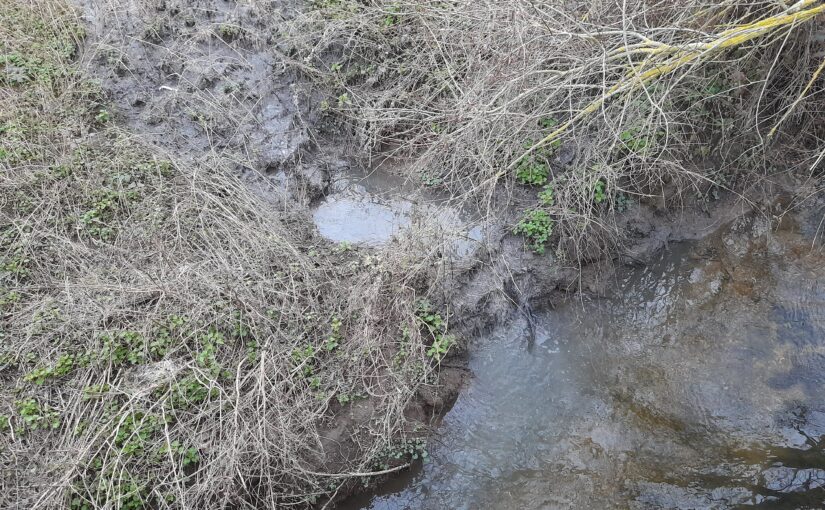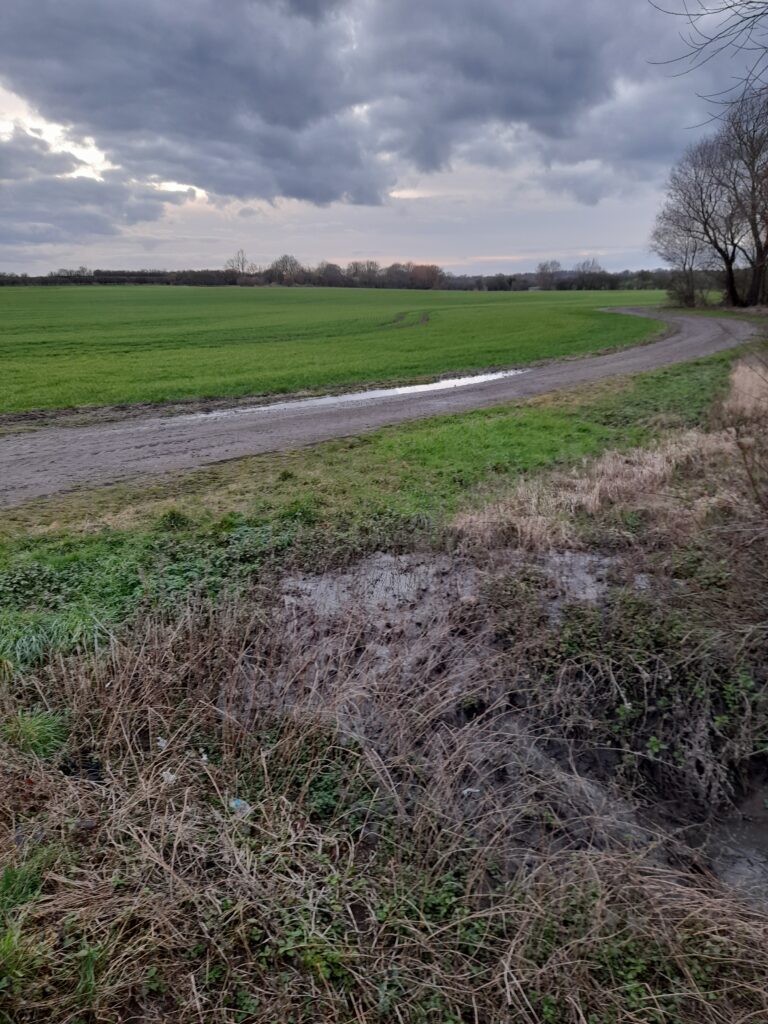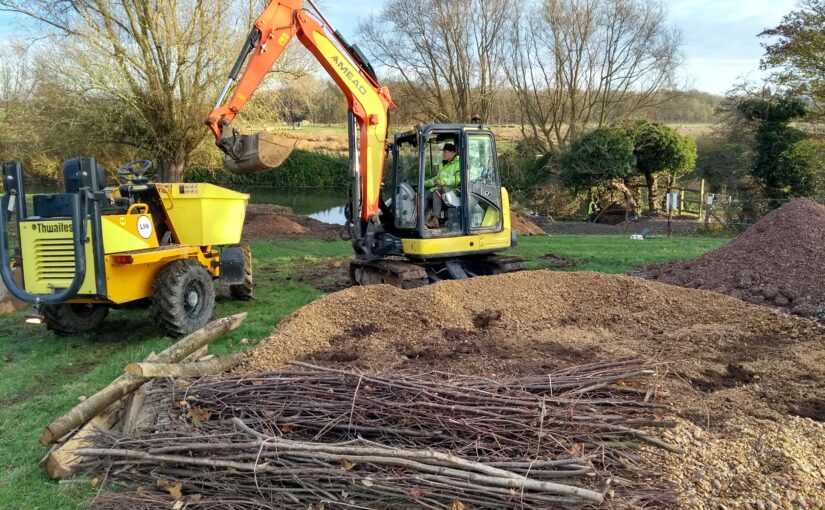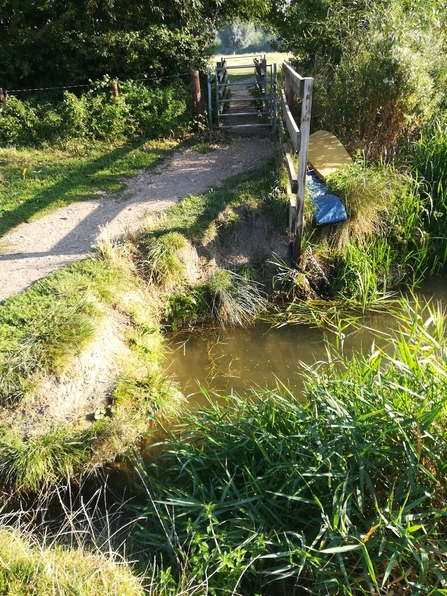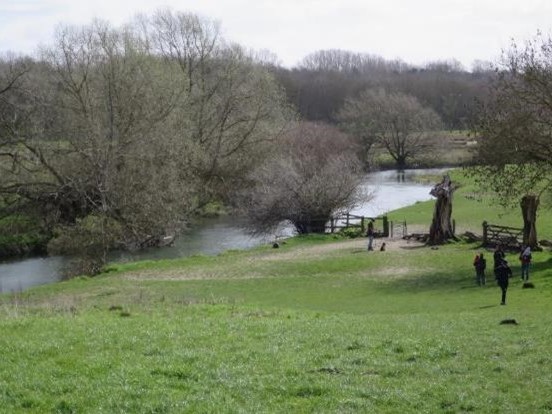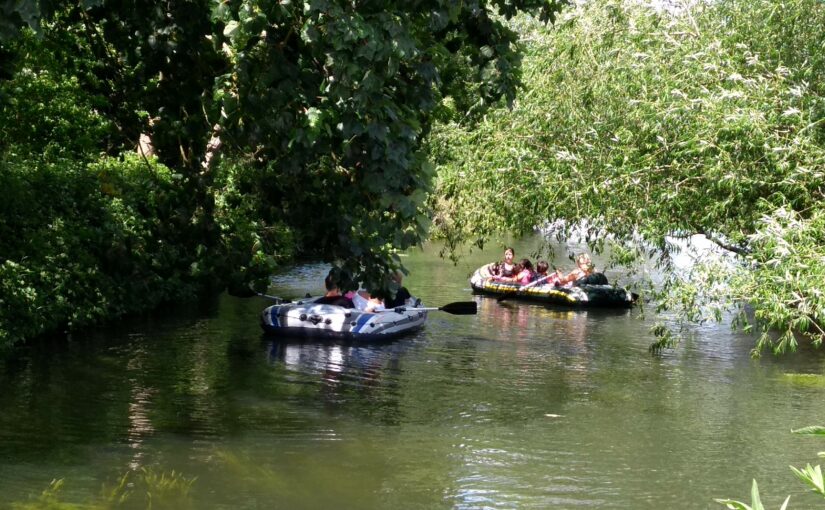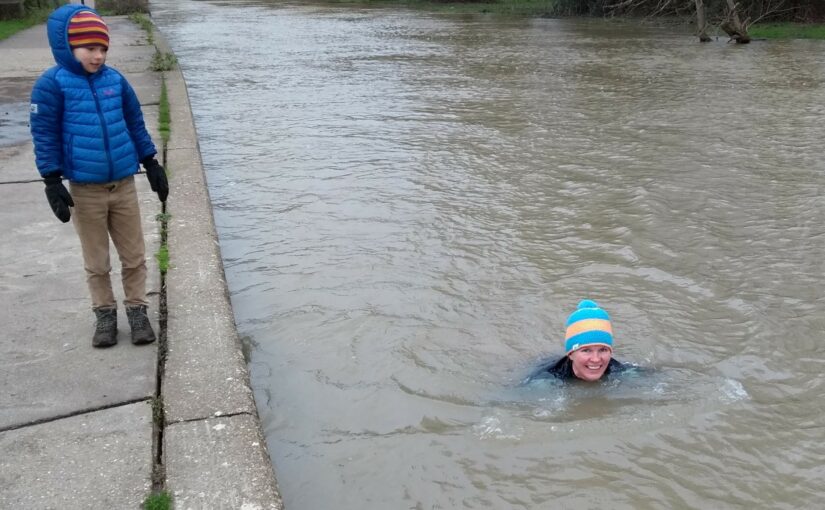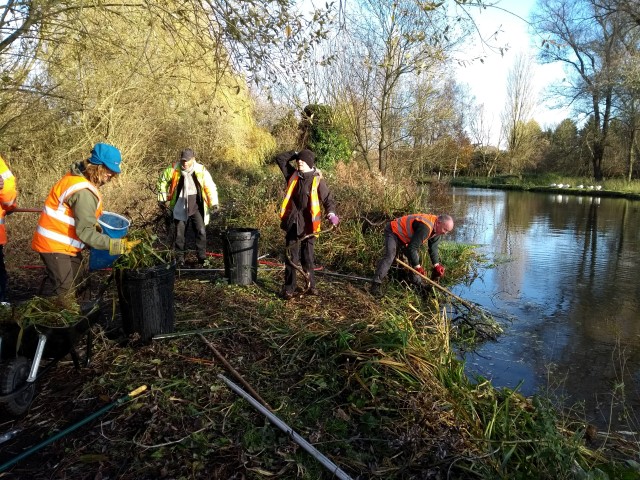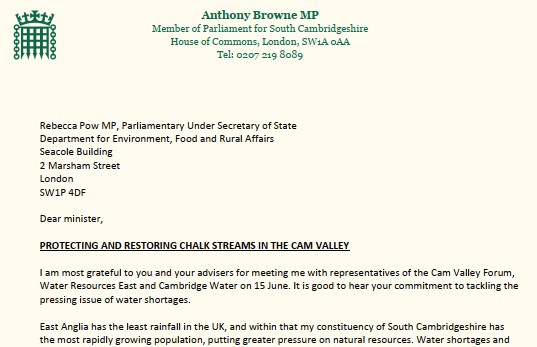If you were unable to attend, here are the presentations
- Cam Valley Forum Annual Report and Accounts
- Mike Foley’s presentation on Faecal contamination of our rivers.
- You can see Mike Petty’s fascinating talk here
Venue
The Hall, Storey’s Field Centre, Eddington, Cambridge. This is a 15 minute cycle ride from the Centre of Cambridge, and on the Universal Bus route. IF travelling by car, free parking is available at Madingley Park & Ride, which is a 5-10 minute walk away. More details here
Lecture: Expedition to the Source of the Cam, by Mike Petty MBE
Our most distinguished local historian MIKE PETTY MBE will illustrate James Plumptre’s 1800 account of his walk from Cambridge to Ashwell, supplemented by observations from Samuel Pickwick’s “Cambridge Scrapbook” of 1838. Plumptre’s personal notes are held in the Cambridge University Library. They are the subject of formal research by Ian Ousby in his “James Plumtre’s Britain: The Journals of a Tourist”.
Mike has been the most widely acknowledged authority on the Cambridge area for more than 50 years. He has received the MBE and the prestigious, national T.C.Farries Award for his services. A former Librarian of the Cambridgeshire Collection he is President of the Cambridgeshire Association for Local History. He has published extensively and is a regular contributor to radio and television.
Cam Valley Forum AGM: 6:40pm for 7pm
Prior to the lecture you are warmly invited to the AGM of the Cam Valley Forum at 6.40 for 7pm, in The Studio. If you would like to join the Forum, or become more closely involved with the Forum in any way, please contact the Membership Secretary davidbrooks@btinternet.com . The annual subscription for members is £10. Do send us any relevant details of your interests and experience. If a member has a motion they would like to put to this meeting, please email info@camvalleyforum by 10 March.
If members would like to join the management committee, or nominate someone else, please email us at info@camvalleyforum by the same date, including the following information: name of nominee, name of proposer, and, if possible, name of seconder


